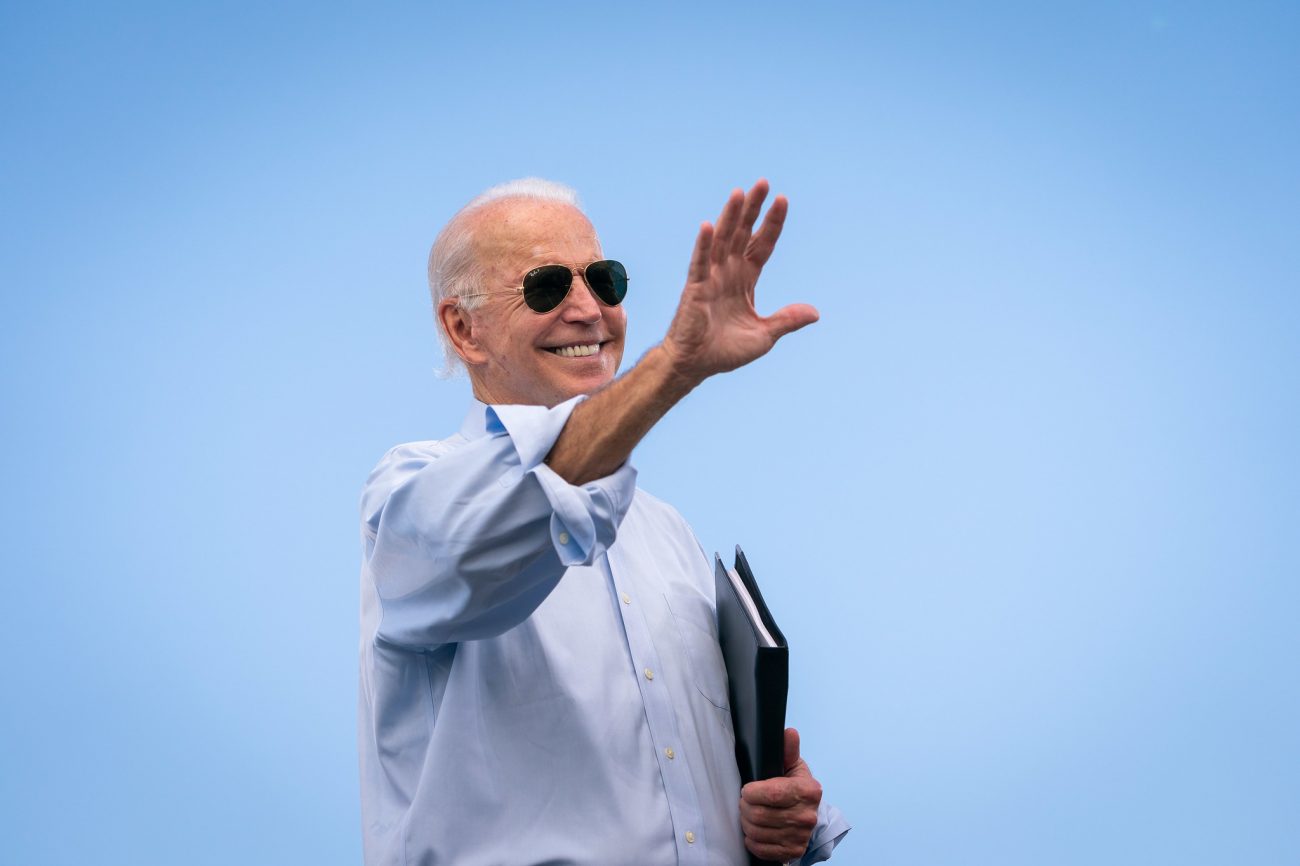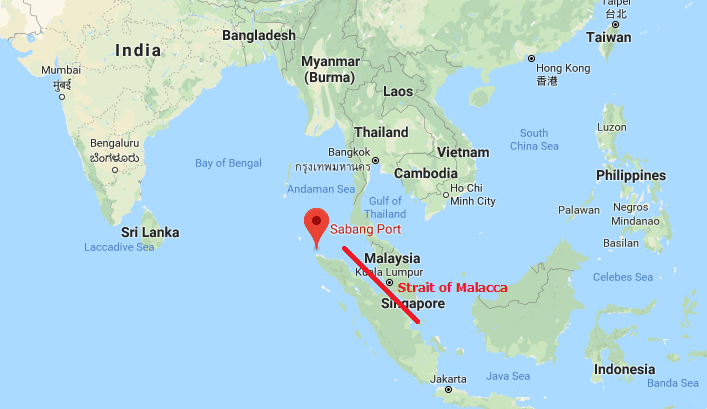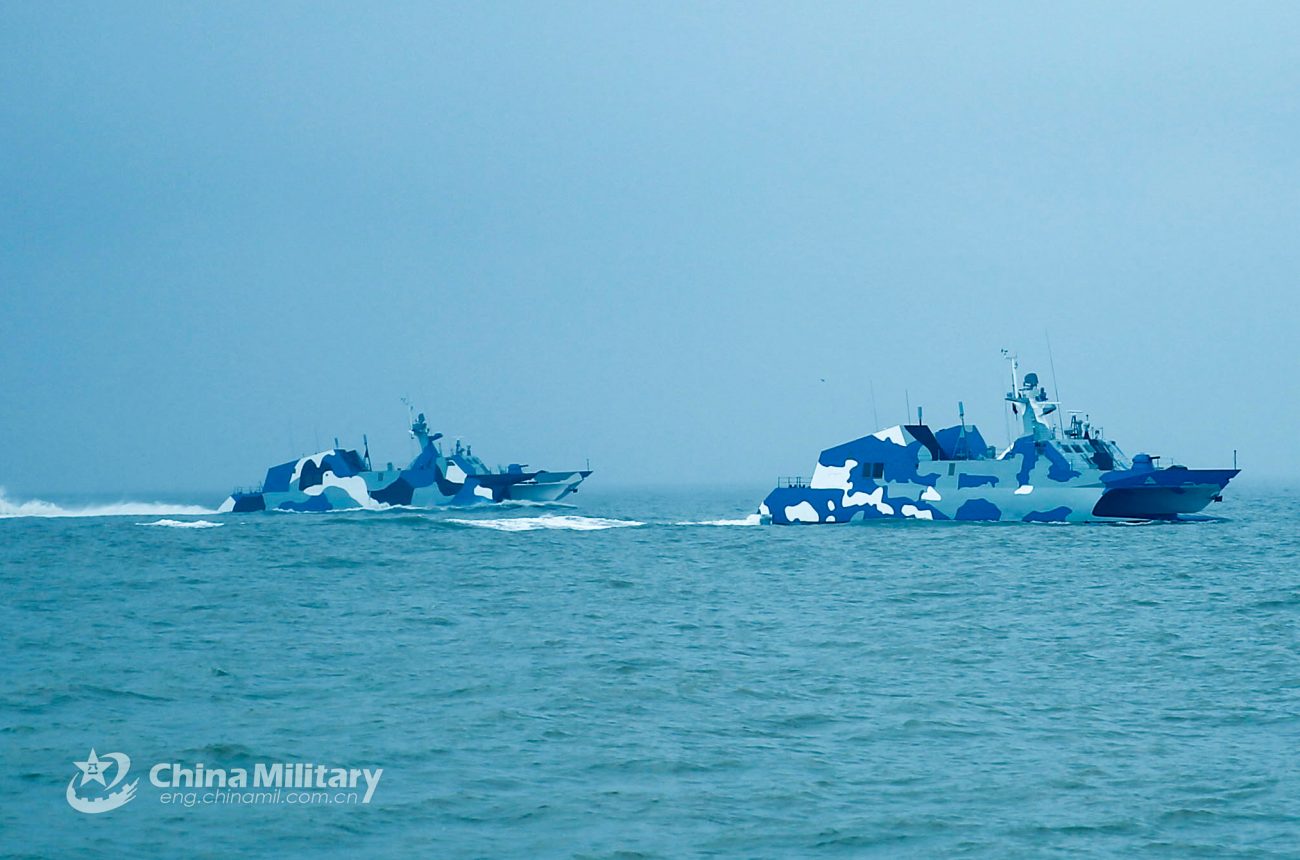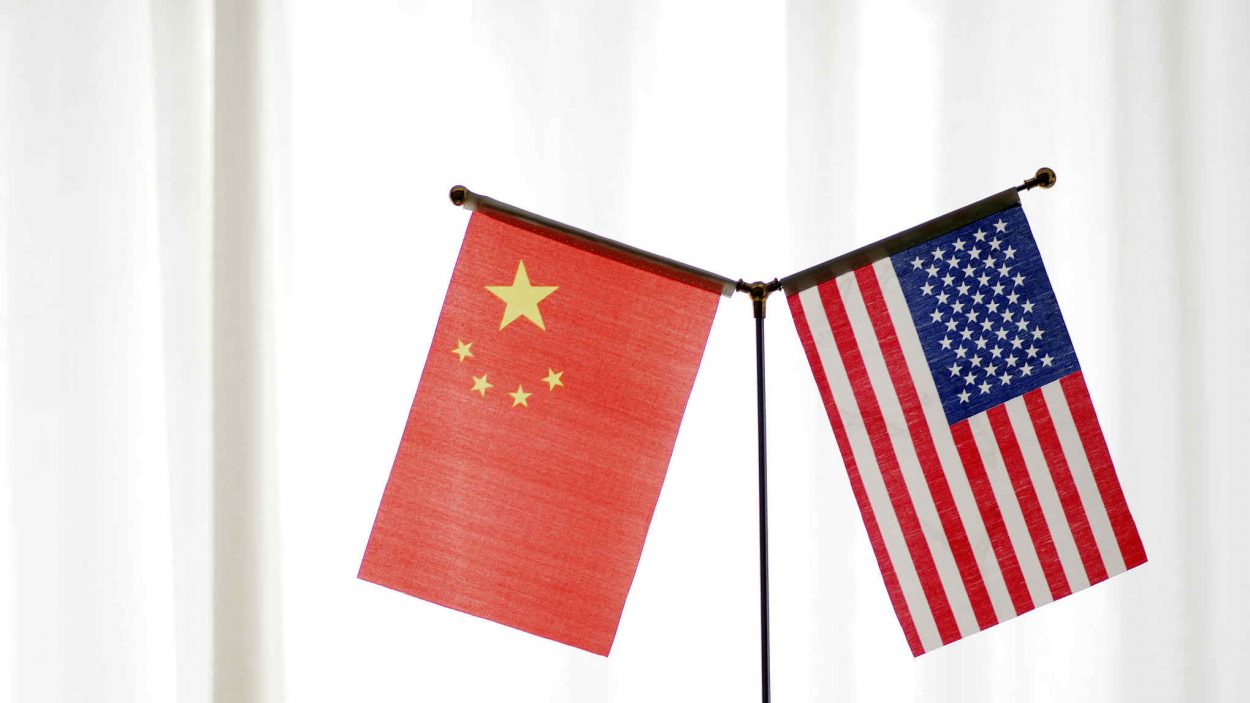While his administration remains preoccupied with the Russian invasion of Ukraine, US President Joe Biden would not like the world to lose focus on China and the geopolitical significance of the Indo-Pacific as the most important determinant of the global politics and economy in the days to come.
He hosted as many as eight leaders of the 10-member Association of Southeast Asian Nations (ASEAN) at the White House on May 12 for a two-day “special US-ASEAN summit.
The two missing ASEAN leaders were from the Philippines, which has elected a new President, but the election process is not completed officially, and Myanmar, whose Senior General Min Aung Hlaing has toppled the country’s elected leader Aung San Suu Kyi, in a 2021 coup and thus barred from many international events.
The summit saw the ASEAN leaders being invited to the White House for the first time in 45 years. The last time all the countries’ leaders visited the US was in 2016, when they met the then-President Barack Obama at the Sunnylands Ranch in California.
The summit covered an array of topics, including trade, human rights and climate change and the U.S. President Joe Biden opened the gathering of Southeast Asian leaders with a promise to spend $150 million on their infrastructure, security, pandemic preparedness and other efforts.

Of this, $40 million will be invested in infrastructure intended to help decarbonize the region’s power supply and $60 million in maritime security and some $15 million in health funding to aid in the early detection of COVID-19 and other respiratory pandemics.
US, ASEAN & China
However, the significance of the summit is not in what was said but what was unstated. And that was the factor of China.
President Biden’s primary goal was to engage with leaders of an important region in the Indo-Pacific on the increasing demonstration of China’s economic and military might around the world.
According to Hoo Tiang Boon of the S Rajaratnam School of International Studies in Singapore, “the summit demonstrates continued US interest in the region and sends a message to Beijing that despite what is happening in Europe now, the US is not letting itself be distracted.”
The US policy under Biden towards the Indo-Pacific remains as it was under President Trump – to prevent China from dominating the Indo-Pacific. In fact, his special summit with the ASEAN leaders is being seen as a policy of constructive engagement that allays apprehensions of many in Southeast Asia that Washington’s Indo-Pacific policy is centered on the QUAD partners – the Australia-India-Japan-U.S. quadrilateral grouping.
Southeast Asia has been suspicious of the QUAD and sees it as a challenge to their idea of “ASEAN centrality” in the Indo-Pacific. In fact, the US is trying to convey that the QUAD is good for the ASEAN too, given the Quad’s focus beyond security to include a new vaccine partnership as well as working groups on climate change and emerging technologies.
In fact, all the members agree that the QUAD could become a source of public goods for Southeast Asia rather than a competitor in Asia’s dense patchwork of regional institutions.

Importance Of ASEAN
Significantly, the timing of the US-ASEAN summit is important. It was arranged in what seems to be a prelude to President Biden’s forthcoming trip to Japan and South Korea from May 20 to May 24, a trip that will focus in large part on China.
In Tokyo, he will meet fellow QUAD leaders of Australia, India and Japan.
All told, people across South-East Asia already see America and China as two poles, wooing them but simultaneously pulling their countries in opposite directions.
Symbolically, it is important to note that last year the ASEAN leaders were invited by China for a similar summit with its supreme leader Xi Jinping in what was said to be a special 30th commemorative summit of ASEAN–China relations.
America may have promised to give them $150 million now, but last November, China pledged $1.5 billion in development assistance to ASEAN countries over three years to fight COVID and fuel economic recovery.
Southeast Asia is important because it is a dynamic and sprawling region, spanning 1.7 million square miles. It is home to 700m people—more than the European Union, Latin America or the Middle East.
The demographic dimension is matched by the scale of its religious and cultural diversity, having millions of Muslims, Buddhists, Hindus and Christians. It is also a politically pluralistic region, containing five different types of political systems, ranging from Leninist party-states to full democracies.
Experts say that its economy, were it a single country, would be the fourth-biggest in the world after adjusting for the cost of living, behind only China itself, America and India.
The area’s strategic importance lies in its geography. The Strait of Malacca and the South China Sea are the most heavily traversed sea lanes in the world. It is estimated that every year, approximately 50,000 vessels, 40 percent of the world’s merchandise trade, and 25 percent of the world’s oil supplies pass through them.

It is on China’s doorstep, astride the trade routes along which oil and other raw materials are transported to China and finished goods are shipped out.
For China, which is hemmed into its east by Japan, South Korea and Taiwan, all firm American allies, South-East Asia is less hostile terrain, providing potential access to both the Indian and Pacific Oceans for both commercial and military purposes.
Only by becoming the pre-eminent power in South-East Asia can China relieve its sense of claustrophobia. And that also explains the buildup of China’s military outposts in the South China Sea, fuelling a sense of danger and strategic fluidity.
Indo-Pacific Strategy
The above are the factors that led to the White House releasing America’s “Indo-Pacific Strategy” in February 2022.
Its principal theme is that the goal of creating a free and open, connected, prosperous, secure, and resilient Indo-Pacific cannot be achieved with Washington acting alone. Rather, historic challenges and the shifting strategic landscape “require unprecedented cooperation with those who share in this vision.”
To this end, the U.S. will “deepen long-standing cooperation with ASEAN” and engage on climate and other pressing issues while exploring “opportunities for the Quad to work with ASEAN.”
Therefore, it is no wonder to see a flurry of US diplomatic activities in the region. High-ranking U.S. officials have met with Southeast Asian leaders and toured the region.
Biden attended a joint virtual summit with ASEAN in October 2021, the first U.S.-ASEAN summit since 2016. U.S. Secretary of Defense Lloyd Austin visited Singapore, Vietnam, and the Philippines in July 2021 and U.S. Vice President Kamala Harris visited Singapore and Vietnam in August 2021. U.S. Secretary of Commerce Gina Raimondo visited Singapore and Malaysia in November, and U.S. Secretary of State Antony Blinken visited Malaysia and Indonesia in December 2021.

The Administration’s approach to Southeast Asia appears to have resulted in some near-term dividends. In a regional survey of elite opinion across the ASEAN conducted in November and December, the level of trust in the United States increased to 52.8% from 47.0% the previous year.
58.5% of respondents agreed or strongly agreed that the strengthening of the Quad, including through practical cooperation, would be constructive for the region. Only 19 percent said the same about China.
The United States was the second most trusted major power among respondents in Southeast Asia, after Japan. The European Union was third. China remained the least trusted power, with 58 percent professing distrust of Beijing.
Interestingly, the same survey also said that Southeast Asians recognize the importance of China to the region’s future. Almost 77 percent of those surveyed considered China “the most influential economic power in Southeast Asia,” compared to a meager ten percent who thought that the United States was most influential.
And this is despite the fact that over 4,200 U.S. companies now operate in Southeast Asia. It is said that taken together, the countries of ASEAN are now collectively the United States’ fourth-largest trading partner worldwide, though that figure of approximately $350 billion (estimated in 2018) in trade does not rival China’s $587.8 billion in trade with ASEAN countries.
But significantly, the US investment in the region is increasing. According to available estimates, it now totals $329 billion—more than China, Japan, and South Korea combined.
QUAD & ASEAN
Of course, now there are better openings or prospects for the US and its QUAD allies to participate in the ASEAN’s economic landscape. That is because of China’s “too demanding and exploitative” interactions, apart from territorial claims in the South China Sea.
China is not exactly popular in Indonesia, Laos, Malaysia, Myanmar, Thailand, and Vietnam. The Indonesian government is very concerned about the 30,000 Chinese laborers in the country as well as China’s excavation of minerals from Kalimantan and Sumatra.
In 2011, Myanmar abandoned the construction of a Chinese-financed dam on the Irrawaddy River that had provoked consternation over the risks it posed to the environment and that would have displaced tens of thousands of villagers.
Likewise, in 2017, Malaysia froze most of its BRI projects because of concerns over excessive debts. Even in China’s “client state” of Cambodia, there is simmering discontent in society over the influx of Chinese investment in land purchases, gambling meccas, and construction projects; experts point out.
Interestingly, Cambodian Prime Minister Hun Sen, as ASEAN chair, was the guest of President Biden.
Incidentally, Prof Bilahari Kausikan argues that the focus in Washington on the maritime competition with China misses the importance of the land; “without greater U.S. engagement, Beijing’s dam-building along the upper reaches of the Mekong River gives it a potential stranglehold over the five ASEAN members through which the river runs.

“The dams that China has and continues to construct on the upper reaches of the Mekong River, which runs through the five mainland ASEAN member states, not only pose an immense ecological hazard but, together with north-south railways and highways, could entrench a dependence on Beijing that would reshape the strategic geography of Southeast Asia and could turn the boundaries between southwestern China and Southeast Asia into just lines on maps” he points out.
His suggestion is that the Mekong should be approached strategically in the broader context of U.S. policy toward the Indo-Pacific rather than piecemeal as a cluster of discrete technical or environmental issues, such as water management or climate change.
Kausikan has a second piece of advice for the Biden Administration too. “ Washington should avoid assuming that the United States’ decentralized democracy, in which distrust of the state is ingrained, is well understood in Southeast Asia, where the centralized government is the norm and a strong state is an aspiration—even if not always achieved in practice.
Ideological efforts in the vein of Biden’s Summit for Democracy, convened last December, risk alienating partners in Southeast Asia. An event framed in terms of a supposedly universal contest between democracy and authoritarianism—both protean terms—would limit rather than expand support for Washington in the region……In general, Southeast Asians neither find all American values attractive nor all aspects of the Chinese system abhorrent.
An approach that invokes a clash between democracy and autocracy will only risk alienating governments that do not look at the world in such absolutist and simplistic binary categories and have no wish to be forced into them. The Biden administration would be ill-advised to pursue such ideological projects much further in Southeast Asia.”
In sum, a comprehensive strategy that includes the importance of both land and sea in Southeast Asia and the imperativeness of the QUAD being a partner of ASEAN are challenges in America’s Indo-Pacific policy at the moment, a challenge that is shared indeed by all the QUAD countries to thwart the Chinese domination in the region.
- Author and veteran journalist Prakash Nanda is Chairman of Editorial Board – EurAsian Times and has been commenting on politics, foreign policy on strategic affairs for nearly three decades. A former National Fellow of the Indian Council for Historical Research and recipient of the Seoul Peace Prize Scholarship, he is also a Distinguished Fellow at the Institute of Peace and Conflict Studies. CONTACT: prakash.nanda@hotmail.com
- Follow EurAsian Times on Google News





